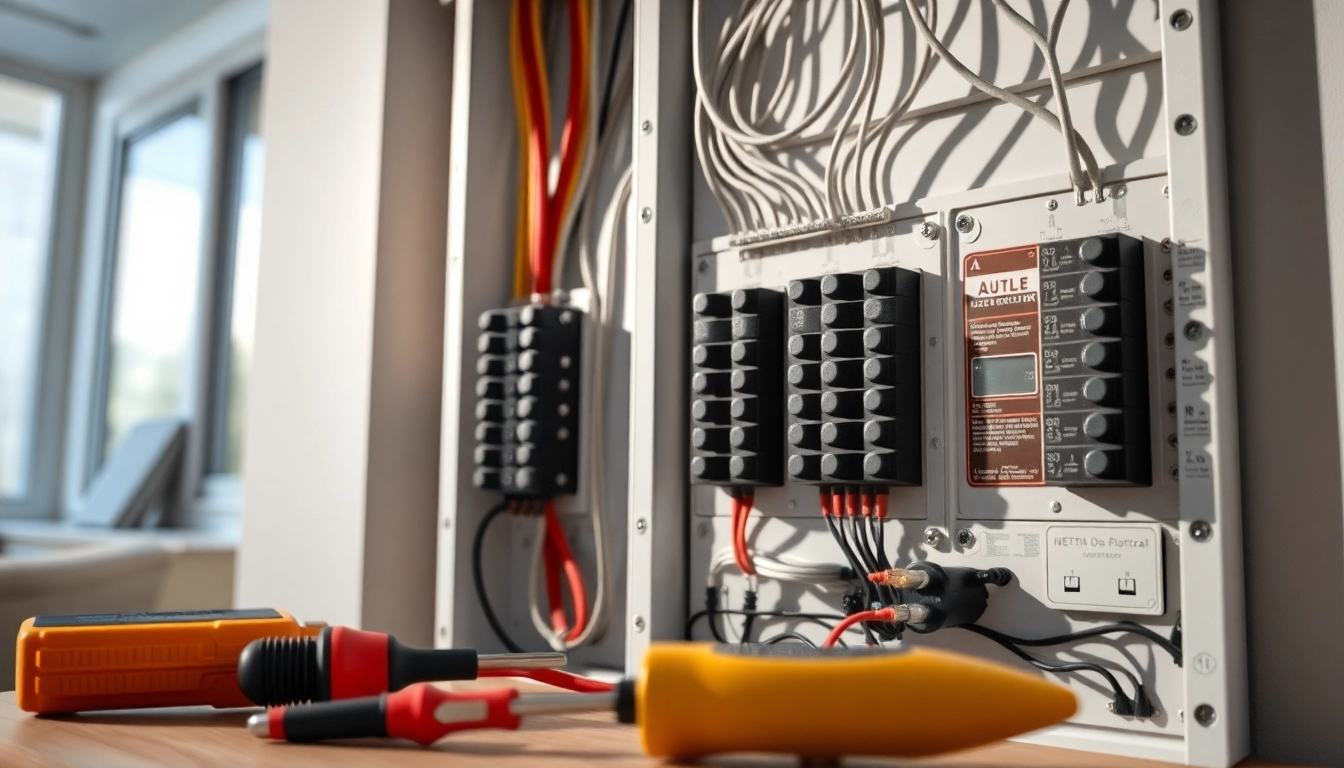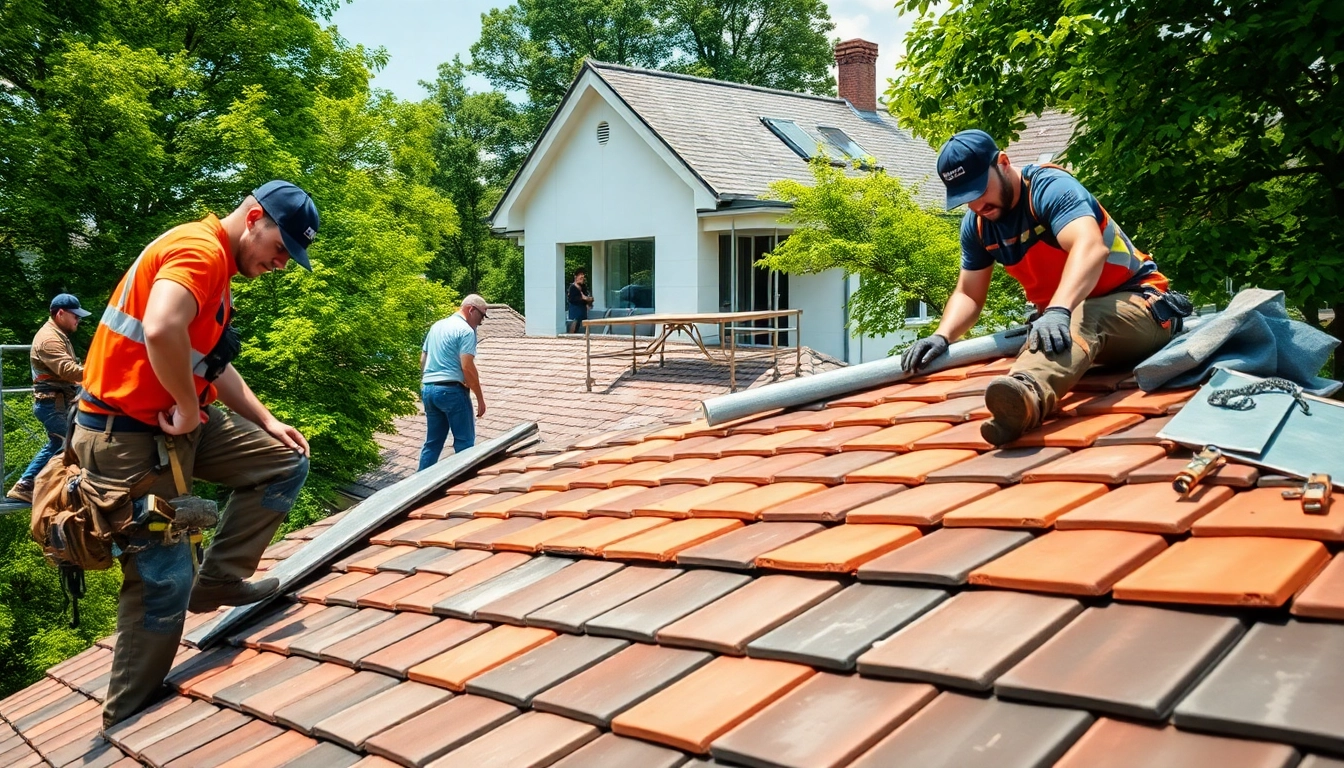The Rise of Automatic Bioethanol Fireplaces
As the demand for eco-friendly and convenient heating options continues to grow, automatic bioethanol fireplaces are emerging as a popular choice among homeowners and designers alike. These innovative fire features not only provide warmth and ambiance but do so in a manner that is safe, efficient, and visually appealing. With advancements in technology and design, the perception of traditional fireplaces is evolving, making way for the rise of automatic models that streamline the user experience.
What is an Automatic Bioethanol Fireplace?
An automatic bioethanol fireplace is a type of fireplace that operates using bioethanol fuel. This modern fireplace is equipped with advanced mechanisms that allow for easy, remote-controlled operation, eliminating the need for manual intervention. With features such as automatic ignition, flame adjustment, and safety sensors, these fireplaces are designed to provide a seamless experience, making them an attractive option for many. The combustion of bioethanol produces water vapor and carbon dioxide – a cleaner alternative compared to traditional burning methods, thus being deemed environmentally friendly.
History and Evolution of Ethanol Fireplaces
The origins of ethanol fireplaces can be traced back to the early 1990s when bioethanol was first emerging as a potential alternative fuel source. The integration of ethanol into fireplace technology marks a significant turning point in home heating. Initially, ethanol burning systems were manual and required careful monitoring to ensure safe operation. However, as manufacturing techniques evolved, so did the technology associated with bioethanol fireplaces. Today, automatic models enhance safety, efficiency, and user convenience, making them a preferred choice for consumers.
Benefits of Choosing Automatic Models
One of the key advantages of automatic bioethanol fireplaces is their user-friendly operation. Remote controls or smart home integrations allow users to ignite the fire with just a click, removing the hassle associated with traditional fireplaces. Moreover, these models often incorporate safety measures like sensors that automatically shut off the fuel supply if irregularities are detected. The aesthetic appeal also plays a critical role, with modern designs integrating seamlessly into various interior styles, creating focal points within homes.
Key Features to Look For
Design and Aesthetics
The design of an automatic bioethanol fireplace is critical, as it not only serves as a heat source but also an aesthetic centerpiece in the home. Many models come in contemporary styles, often featuring sleek lines, glass panels, and minimalistic forms. When choosing a fireplace, consider the existing design of your space and select a model that complements your décor. Customization options are also available, allowing you to select finishes and features that match your individualized taste.
Safety Features and Smart Technology
Safety is paramount in any liquid-fueled appliance. Modern automatic bioethanol fireplaces are designed with various safety features, including automatic shut-off mechanisms, safety glass barriers, and flame height adjustments. Some models offer home automation capabilities that can integrate with smart devices, allowing you to control the fireplace via voice commands through devices like Amazon Alexa or Google Home. This integration not only enhances convenience but also adds a layer of security through remote monitoring.
Fuel Efficiency and Maintenance Requirements
Bioethanol fireplaces are designed to burn efficiently, producing minimal waste and maximizing warmth. However, users should be aware of the consumption rate of fuel. Most models will offer guidance on the optimal amount of fuel for use, helping to ensure that you are maximizing efficiency. In terms of maintenance, these fireplaces generally require less upkeep than traditional wood-burning options, but routine cleaning of the burner and surrounding areas will ensure optimal performance.
Installation and Setup
Determining the Best Location
Choosing the right location for your automatic bioethanol fireplace is crucial for both safety and aesthetic appeal. Consider factors such as proximity to combustible materials, accessibility for refueling, and the overall layout of your space. Fireplaces can be installed in various settings including living rooms, bedrooms, and even outdoor patios, offering versatility in design. A professional consultation can help you identify the most suitable location based on your specific needs.
Understanding Ventilation Needs
While bioethanol burning is generally clean, proper ventilation is still a necessary consideration. Automatic bioethanol fireplaces do not require a traditional chimney, but ensuring adequate airflow is essential for safety. Proper ventilation can help disperse the heat and prevent any potential buildup of gas emissions, providing a safe and enjoyable experience for users.
Installation Tips for Homeowners
For those considering a DIY installation, it’s essential to follow the manufacturer’s instructions carefully. Many models come with comprehensive guides, making installation straightforward. Begin by preparing the designated space, measuring dimensions accurately, and ensuring a level surface. If unsure, hiring a professional can prevent installation issues and ensure that all safety standards are met. This is particularly important when connecting any smart technology features.
Comparing Automatic and Manual Bioethanol Fireplaces
Key Differences Explained
The primary distinction between automatic and manual bioethanol fireplaces is in their operation. Automatic models feature electronic ignition systems, allowing users to start and control the fireplace at the touch of a button, while manual models require physically igniting the fuel. This comparison extends to safety features as well, with automatic models typically incorporating advanced safety mechanisms that manual options may lack.
Convenience vs. Control
Some users may prefer manual models because they provide a sense of control over the burning process. However, automatic models offer unparalleled convenience, allowing users to focus on enjoying the ambiance without the repetitive tasks of managing flame size or monitoring fuel levels. The choice between convenience and control largely depends on personal preference and how one intends to use the fireplace.
Cost-Benefit Analysis
When considering the cost implications of automatic versus manual models, it’s essential to evaluate not only the purchase price but also ongoing maintenance and operational costs. While automatic models may have a higher upfront cost, their efficiency and ease of use can lead to savings over time in terms of fuel consumption and safety measures. Assessing your budget and how often you plan to use the fireplace will help guide your decision.
Transforming Your Interior with Bioethanol Fireplaces
Creating a Cozy Atmosphere
One of the most appealing aspects of a bioethanol fireplace is its ability to create a warm and inviting atmosphere. The presence of a flickering flame can enhance the overall ambiance of your space, making it perfect for cozy evenings or entertaining guests. The visual aspect of a living flame adds a unique touch that electric or gas fireplaces cannot replicate, making it an essential design element in any home.
Integrating with Home Décor
With a variety of designs available, an automatic bioethanol fireplace can seamlessly integrate into any home décor style. From modern minimalist designs to more traditional styles, these fireplaces come in various finishes, including metal, glass, and stone. Plan your space around the fireplace and incorporate furniture and accessories that enhance its visual impact. Consider adding decorative screens or mantles to further elevate the design.
Eco-Friendly Benefits and Considerations
Beyond their aesthetic charm, automatic bioethanol fireplaces are considered an eco-friendly heating option. They produce no smoke or ash and burn sustainably sourced fuel, which contributes to a reduction in carbon footprint. However, users should be aware of the environmental concerns surrounding bioethanol production, including its impact on agricultural land. Weighing these factors against the benefits of using a clean-burning fuel will help inform your decision to incorporate an automatic model into your home.















Leave a Reply